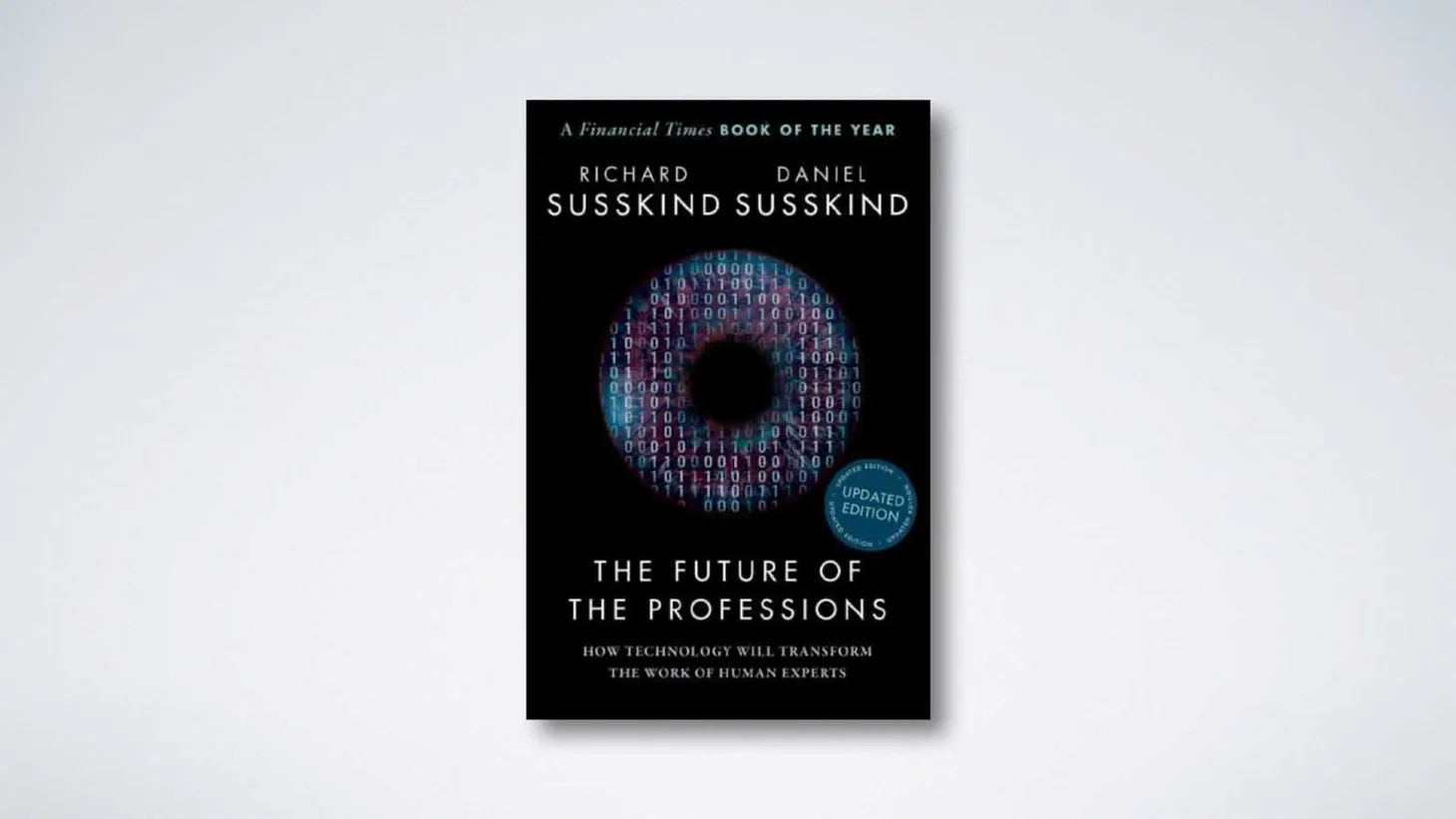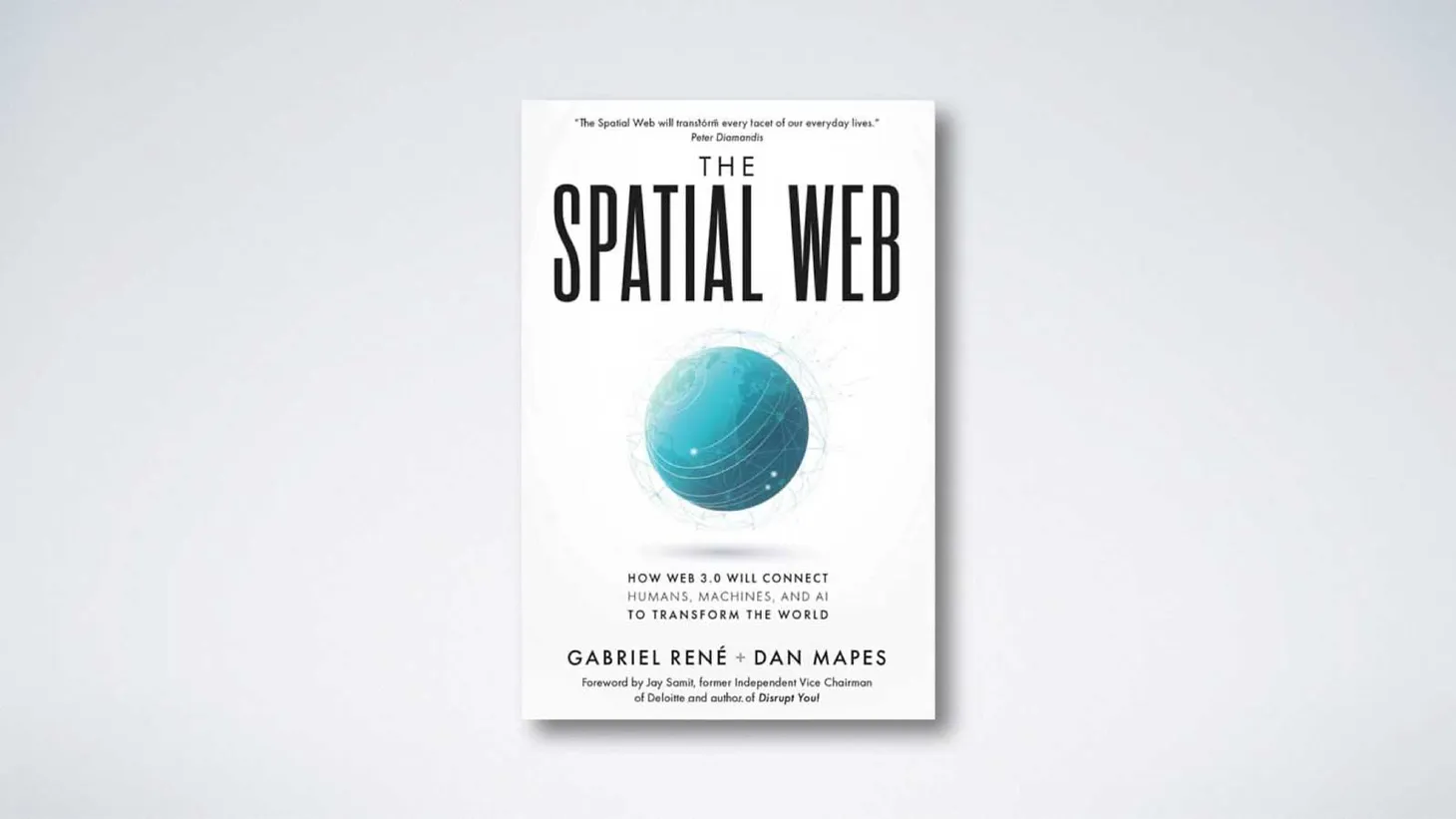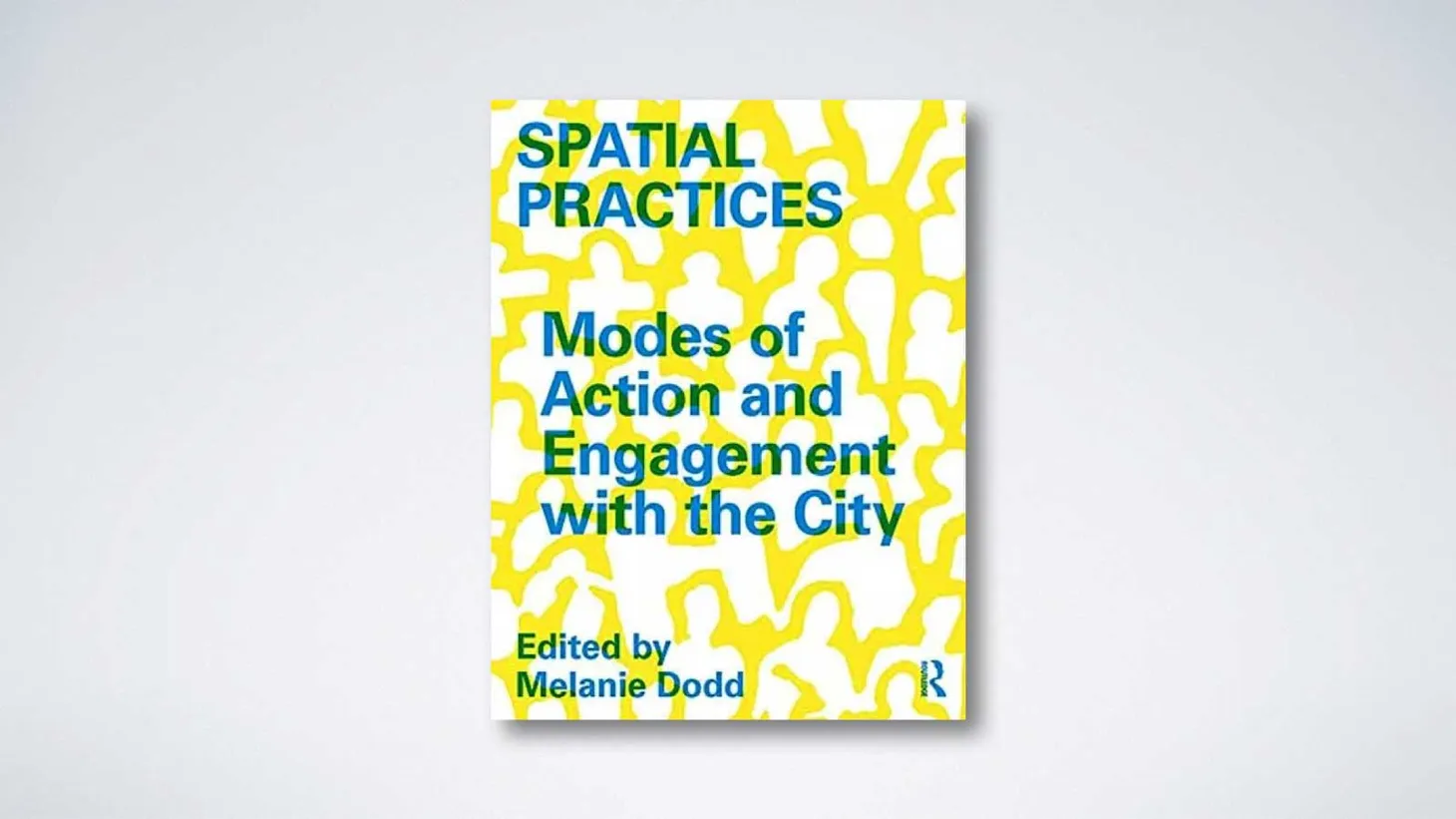Narrative Environments and Experience Design
A foundational text for an emerging spatial practice
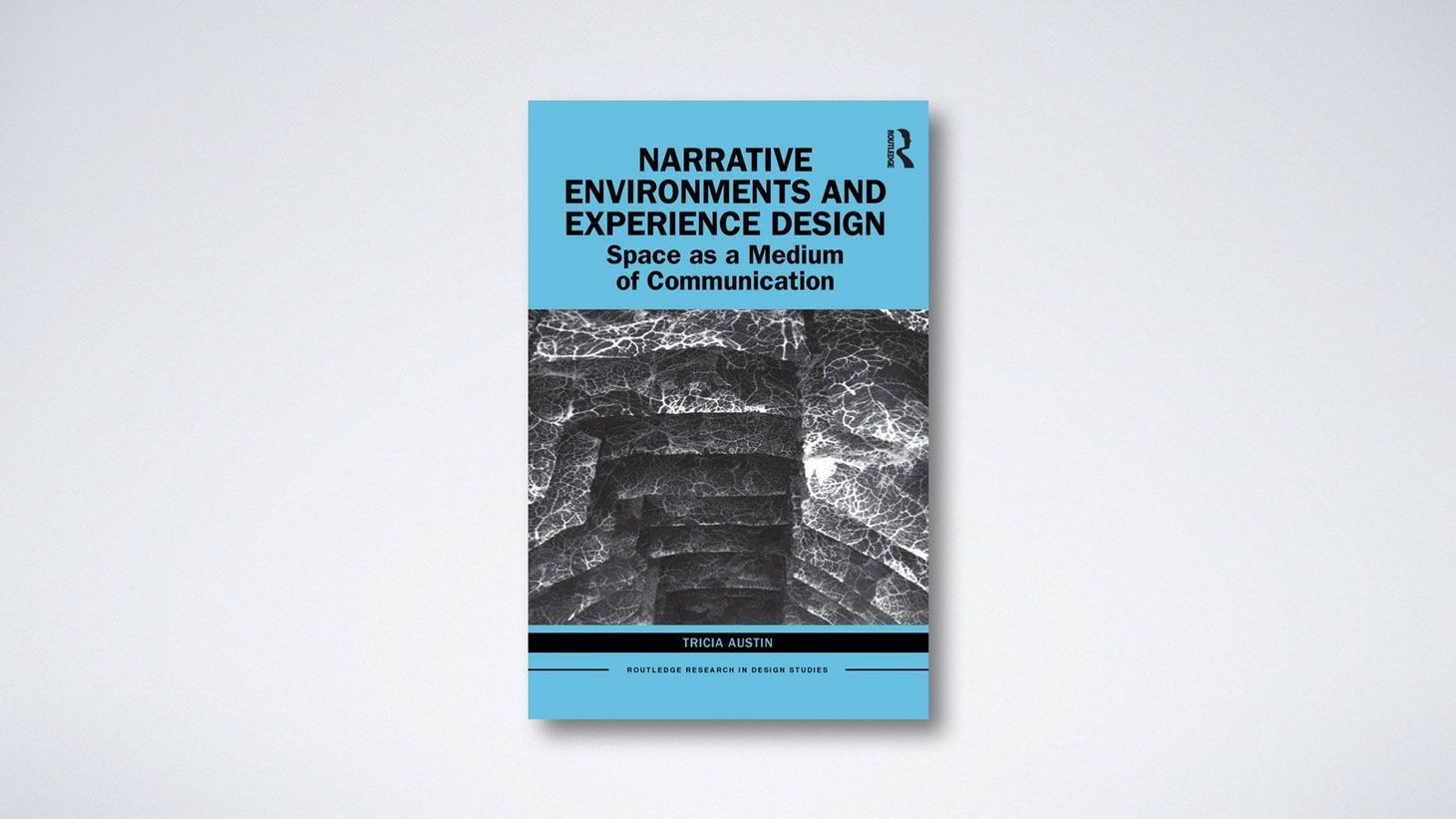
Table of Contents
Stating the theme
In screenwriting, theme acts as a grounding device to guide the scene setting of characters and their antagonists, as well as the narrative structure of the story. Theme possesses this power because it is not a singular characteristic such as “love” or “war” but, beyond that, a statement of values by the writer of what they believe is the proper way to act in the world – what our parables or fairy tales might call the moral of the story.
Austin’s theme here is that narrative environments are sites of transformation, and that the complexity involved (through a tripartite network of people, place, and story) demands a similar variety of collaborative storytellers. This cybernetics-like belief implies a multidisciplinary, flattened, research and feedback-driven hierarchy.
Around the midpoint of Austin’s story, coincidentally or not, we encounter a major plot point in which she delivers a single line that goes to the heart of her theme: “Everyone feels free to speak because they are no longer in their professional roles” – in the context of an exploratory role play set up by Duncan McCauley. While professionals bring expertise, genuine collaboration requires egalitarianism – something we address directly for both its creative and financial/legal implications.
Speculations
This book is not so much a manifesto as it is a drawing together of the many strands that make up the fabric of narrative environments. Indeed, it is packed solid with references, to the extent that we sometimes lose track of the central message.
A reference may probe a profound question, which is then quickly moved on from, to the next reference. For example, in illustrating Paul Ricoeur’s assertion that “we use narrative to create a coherent story of our lives and our history … [that] we construct our identity using narrative“, it is possible to imagine a follow-on position in which the building (or manipulation) of identity becomes a deliberate goal.
Can spatial media, as social and other forms of media have already done, use content, feedback, and rewards to manipulate our behaviour? Will the challenges explored, for example, in The Social Dilemma or the upcoming You've Been Played bleed into spatial practices?
Or can narrative environments be used for something more wholesome for our psychology, beyond and more deliberately than stimulating critical thinking about the politics of the space?
If we see space as a medium of communication, are narrative environments also sites of deliberate conflict and negotiation? The author's answer is yes, and from this point we can explore further – but we have to take our head out of the book. Perhaps collective action in the 21st century can be spatial?
To be fair, this is touched on in the latter chapters.
Embodied perception
While embodied processional space has been explored in the world of architecture, particularly in 20th century modernism and its offshoots, narrative environments add another dimension – story content. This is a new, but at the same time ancient, development. Austin lists genealogies of narrative environments, dating from the 6th century BCE to the present day.
Regardless of age, there is something fundamental here about how we both communicate and experience space with our bodies.
“We think, feel and narrate through our bodies in relation to our surrounding physical environment, an environment that is already infused with sense and meaning … embodied perception blurs the boundary between body, mind and things”.
Prior knowledge of the principles of phenomenology, in particular the work of Merleau-Ponty, provides a foundation here. At the very least, the references serve as a call to action to go out and discover more.
One of our upcoming book reviews is the result of such a journey.
Academia
Reading through the list of precursors, it is clear that not only do many strands lead to narrative environmental design, but narrative environments themselves can branch off in as many or more directions. The vast array of potentials that these strands stimulate in the imagination suggest a role for this book as a ready-reference or active teaching text. It is not structured that way and is intellectually tough going in places, but perhaps a Narrative Environments Workbook is in order.
Narrative Environments and Experience Design is, in the end, an academic primer for an academic audience. The author presumes a considerable degree of prior knowledge of philosophical and narrative concepts. Even so, critical terms such as lifeworld, storyworld or deictic shift could possibly have done with some introduction.
If we know that we are going to encounter a sentence such as “The network incorporates the relationality and groundedness of Latourian and Peircian material semiotics“, we better come prepared! This sentence alone has many clues about what we need to brush up on.
A story matrix
Given the (implied) academic audience, it is a little surprising that Austin’s native device of the story matrix was given so little attention. As Austin mentioned, it is not a creative tool, but an organisational device that maps experiential elements of a narrative environment proposal onto spatial/temporal sequences along the stages of the visitor’s journey.
It is potentially as critical an element as say a schedule of work is in an architectural project – that document that breaks down everything into a spreadsheet like format and is used throughout project execution from pricing to tracking progress towards completion.
The story matrix can play a similar central management role and really deserved more attention, particularly needing visual examples.
Again, here, perhaps we need the Narrative Environments Workbook.
What is a narrative environment?
Austin makes clear that, unlike say architecture or graphic design, which have defined subject matter (construction and publishing respectively), narrative environments do not – and that this multidisciplinary design practice operates effectively as a set of tools to be applied in a range of contexts. This immediately has its weaknesses and its strengths.
In weakness, it leans towards a jack-of-all-trades categorisation, not only lacking focus on how its practice/craft differentiates itself from others but also lacking a simple answer as to why we require the practice at all. In short, this set of tools has the potential to work wonderfully in action, but not as much as a rallying call.
A space labelled a narrative environment immediately demands an explanation as to what a narrative environment is. Perhaps more critically, though, how do we discuss narrative environments casually so that they can become part of a wider conversation? At this early stage in the practice’s development, conversations are typically couched in academic vocabulary.
As a strength, its set-of-tools strategy bears a striking resemblance to the approach that many forward-thinking architects seek for the practice of architecture in order for it to remain relevant in a multidisciplinary and socially challenging 21st century. It moves on from the model of the singular heroic artist, detached from the ‘inconveniences’ of everyday life, towards an engaged, collaborative strategy – indeed (potentially) as a cousin of strategic design.
Toward a narrative environment
Narrative Environments and Experience Design is a foundational text for an emerging form of spatial practice. The subtext of the moral of its story is that its primary, indivisible unit is an interrelationship – be it context (people, place, and story), teamwork (multidisciplinary collaboration) or output (embodied perception). As a consequence, its primary activity is negotiation.
We are almost exactly one hundred years on from Le Corbusier’s polemical Vers une architecture – one of the key waypoints of the 20th century modernist journey. Its polemics, which captured a niche of the spirit of its age, and served as a propaganda vehicle for its narcissistic author, are entirely at odds with the collegiate values that Austin espouses.
Curiously, however, they both tackle similar subject matter - namely the experience of space.
One lesson that we can take away from the publication of a century ago, is the use of visual shorthand. Le Corbusier had an advantage there, in that form was at the forefront of his arguments. Perhaps the task for Austin’s next work is to identify the shorthand for narrative environments that survives the memory of the detail of the book.
In the meantime, she has laid the groundwork for many imaginative developments to come.
Author: Tricia Austin
Year of Publication: 2020
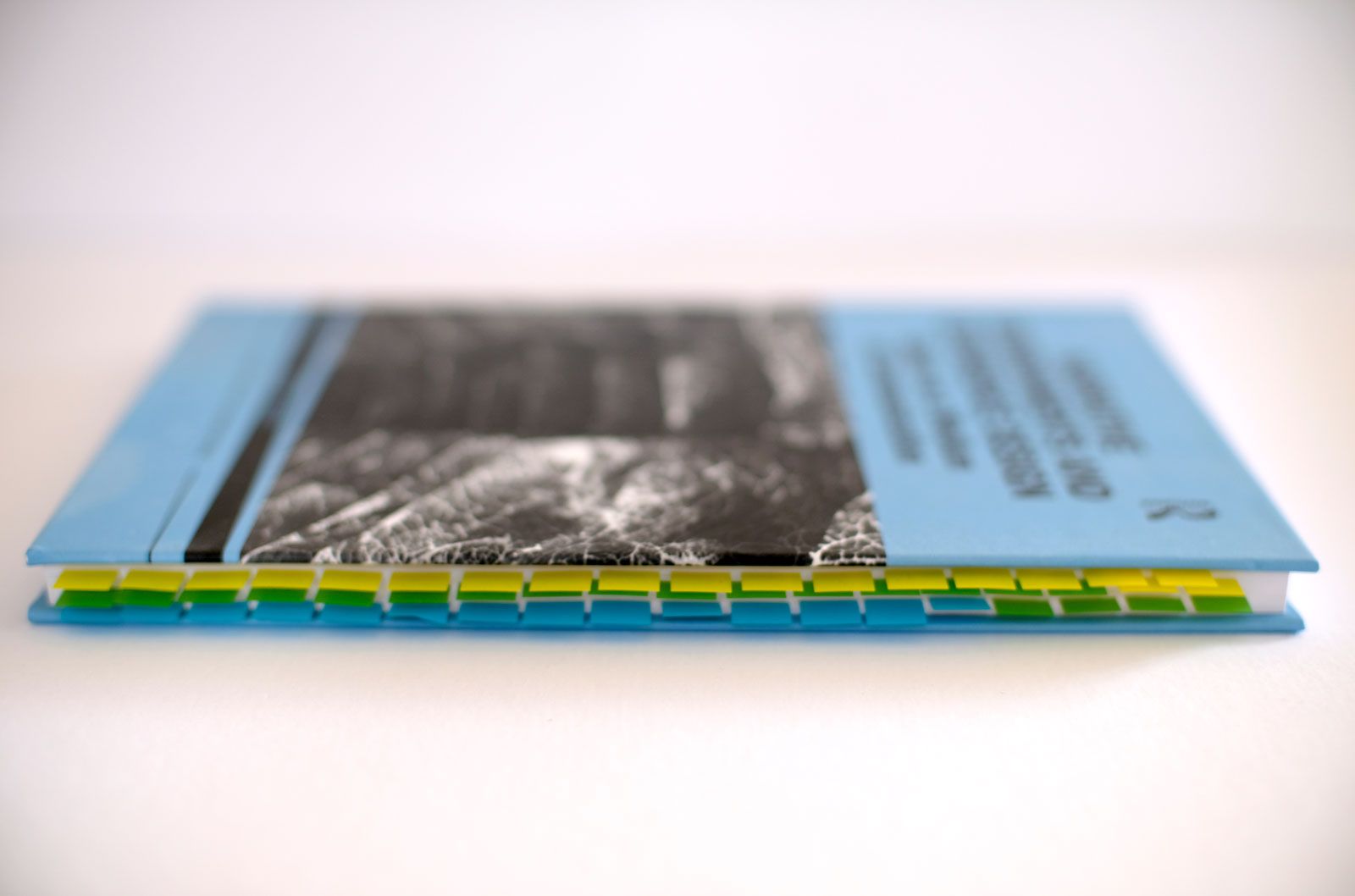
amonle Journal
Join the newsletter to receive the latest updates in your inbox.

